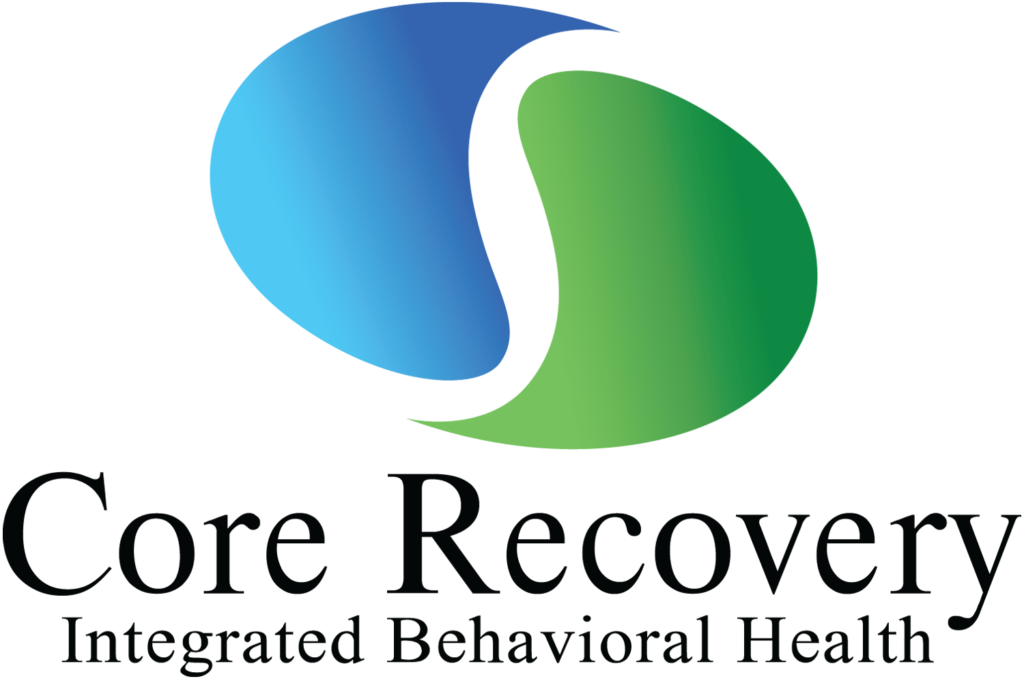Unraveling the Roots: Exploring the Origins of Chemical Dependency
In today’s society, addiction is a prevalent and complex issue that affects millions of individuals worldwide. From alcohol and drugs to prescription medications and behavioral addictions, the spectrum of addictive substances and behaviors is vast. Among the terms often used to describe addiction, “chemical dependency” stands out as a critical concept, highlighting the profound impact of substances on the brain and behavior. In this article, we delve into the depths of chemical dependency, exploring its causes, effects, and the pathways to recovery.
The Nature of Chemical Dependency
Chemical dependency, often interchangeably referred to as substance dependence or addiction, is a chronic, relapsing disorder characterized by compulsive drug-seeking and use despite harmful consequences. It is a multifaceted condition that involves both physical and psychological components, with profound implications for the individual’s health, relationships, and overall well-being.
Understanding the Brain’s Role
At the core of chemical dependency lies the intricate workings of the human brain. When a person consumes addictive substances, whether alcohol, nicotine, opioids, or others, these substances interact with the brain’s reward system, primarily the mesolimbic dopamine pathway. Dopamine, a neurotransmitter associated with pleasure and reward, floods the brain, creating feelings of euphoria and reinforcing the desire to repeat the behavior.
Over time, repeated exposure to addictive substances leads to neuroadaptations in the brain, altering its structure and function. These changes not only diminish the individual’s ability to experience pleasure from natural rewards but also heighten cravings and compulsive drug-seeking behavior. Consequently, the individual becomes trapped in a cycle of dependence, where the pursuit of the substance takes precedence over other essential aspects of life.
Factors Contributing to Chemical Dependency
Chemical dependency does not develop in isolation but rather results from a complex interplay of genetic, environmental, and psychological factors. Understanding these contributing factors is crucial for comprehending why some individuals are more vulnerable to addiction than others.
Genetic Predisposition
Genetics plays a significant role in predisposing individuals to chemical dependency. Research suggests that certain genetic variations can increase susceptibility to addiction by influencing factors such as drug metabolism, neurotransmitter function, and impulse control. Additionally, individuals with a family history of addiction are at higher risk of developing substance use disorders themselves, underscoring the hereditary component of addiction.
Environmental Influences
Environmental factors also play a pivotal role in shaping addictive behaviors. Factors such as early exposure to substances, peer pressure, trauma, socioeconomic status, and availability of drugs can significantly impact an individual’s likelihood of developing chemical dependency. Stressful life events, including loss, abuse, or chronic adversity, can further exacerbate vulnerability to addiction by serving as triggers for substance use.
Psychological and Social Factors
Psychological and social factors, including mental health disorders, personality traits, and social influences, contribute to the development and maintenance of chemical dependency. Conditions such as depression, anxiety, and trauma often co-occur with addiction, either preceding its onset or arising as a consequence of substance abuse. Moreover, peer pressure, social norms, and cultural attitudes toward substance use can influence an individual’s initiation and continuation of addictive behaviors.
Consequences of Chemical Dependency
Chemical dependency exerts a profound toll on various aspects of an individual’s life, ranging from physical health to social relationships and overall quality of life. The consequences of addiction are multifaceted and may include:
- Physical Health Effects: Chronic substance abuse can lead to a myriad of health complications, including cardiovascular disease, liver damage, respiratory problems, and neurological impairments. Additionally, intravenous drug use poses a heightened risk of infectious diseases such as HIV/AIDS and hepatitis C.
- Psychological Impacts: Addiction often co-occurs with mental health disorders, exacerbating symptoms and impairing overall functioning. Conditions such as depression, anxiety, psychosis, and cognitive deficits are commonly observed among individuals with chemical dependency.
- Social and Interpersonal Consequences: Addiction can strain relationships with family, friends, and colleagues, leading to conflicts, isolation, and social withdrawal. Moreover, substance abuse may impair occupational and academic performance, jeopardizing one’s livelihood and financial stability.
- Legal and Financial Ramifications: Engaging in substance-related behaviors can result in legal troubles, including arrests, fines, and incarceration. Furthermore, the financial burden of supporting a substance habit can lead to debt, bankruptcy, and economic hardship.
Pathways to Recovery
Despite the challenges posed by chemical dependency, recovery is possible with the right support and resources. Effective treatment approaches address the complex needs of individuals struggling with addiction, encompassing medical, psychological, and social interventions. Some key components of addiction treatment include:
- Detoxification: The first step in recovery involves safely managing withdrawal symptoms and eliminating the addictive substance from the body. Medically supervised detoxification may be necessary for individuals with severe dependence to minimize the risk of complications.
- Behavioral Therapies: Counseling and behavioral therapies play a central role in addiction treatment by helping individuals modify maladaptive thought patterns and behaviors associated with substance use. Cognitive-behavioral therapy (CBT), motivational interviewing, and contingency management are among the evidence-based approaches utilized in addiction treatment.
- Medication-Assisted Treatment (MAT): For certain substance use disorders, medications may be prescribed to alleviate cravings, reduce withdrawal symptoms, and support long-term recovery. Examples of medications used in MAT include methadone, buprenorphine, naltrexone, and acamprosate.
- Peer Support Groups: Participating in support groups such as Alcoholics Anonymous (AA), Narcotics Anonymous (NA), or SMART Recovery can provide individuals with a sense of community, encouragement, and accountability throughout their recovery journey.
- Holistic Approaches: In addition to traditional treatment modalities, holistic approaches such as mindfulness practices, yoga, exercise, and nutrition therapy can complement addiction treatment by promoting overall well-being and stress management.
Conclusion
Understanding chemical dependency is crucial for addressing the complexities of addiction. By delving into the underlying causes, consequences, and pathways to recovery, we can better support individuals struggling with substance use disorders. At Core Recovery, located in Phoenix, Arizona, we’re committed to providing comprehensive addiction treatment services tailored to meet the unique needs of each client. If you or someone you know is seeking help for chemical dependency, don’t hesitate to reach out to us at (602) 641-4617. Let us be your partner in the journey towards healing and recovery.







 In CA By O360®
In CA By O360®